Diwali is a time for celebrating and spending time along with your family and friends. This Diwali, gift them something you’ve cooked with love. To provide help to start, we’ve compiled some delightful recipes for simple sweets and snacks to make this festive season much more special.
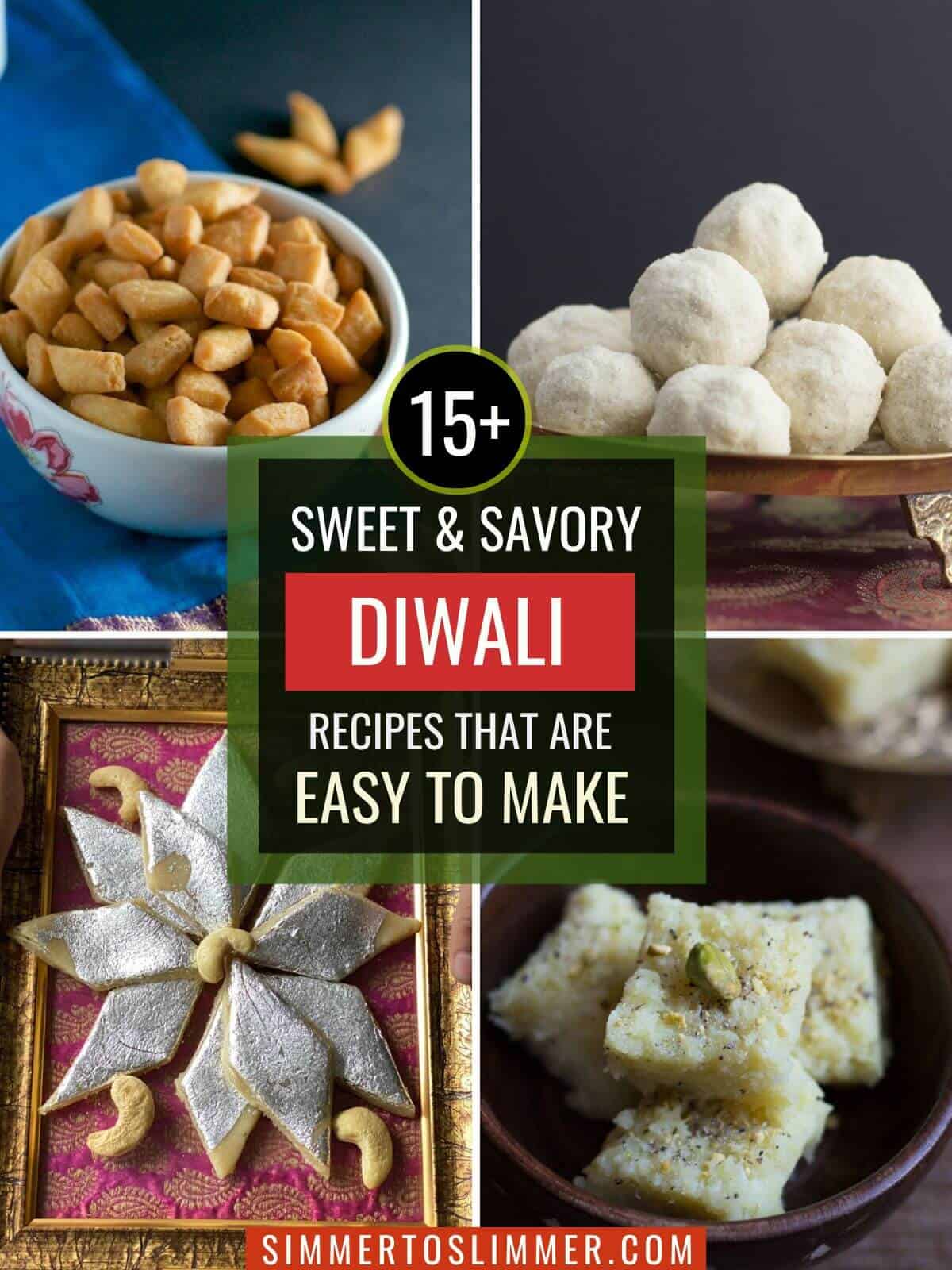
October marks the start of the festival season in India, and you possibly can practically feel the thrill within the air. Because the weather turns cooler, preparations for the grand festivities kick into gear.
It’s a time when markets are bustling with activity, homes receive fresh makeovers, and vibrant street-side stalls emerge overnight, offering every thing from rangoli powders to fireworks.
Growing up, I fondly remember how the aroma of Diwali treats would waft from the kitchens in our neighborhood, signaling the arrival of this joyous occasion. Sweets are integral to Diwali celebrations, with some delicacies prepared exclusively for this festive season. Before we dive into some delightful recipes, let’s explore the essence of Diwali.
What’s Diwali?
Diwali, derived from the Sanskrit word ‘Deepavali,’ literally translates to “rows of lighted lamps.”
The festival is observed to mark the victory of fine over evil, light over darkness, and in addition for health and prosperity all year long.
Traditionally, it marks the day when Indian merchants would close their previous 12 months’s books and begin anew, symbolizing a fresh financial start. It also aligns with the harvest of summer crops, making it a time for brand spanking new beginnings in lots of facets.
Spiritually, Diwali signifies the victory of data over ignorance, with light symbolizing knowledge and consciousness.
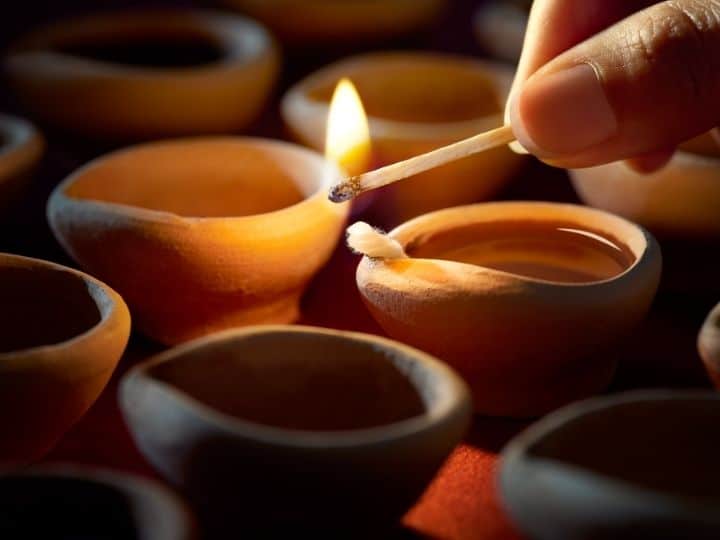
Why is Diwali celebrated?
Many festivals are celebrated throughout India, but Diwali stands out as one of the vital widely embraced. It’s a celebration not limited to Hindus; relatively, it holds a special place within the hearts of Sikhs, Jains, and Buddhists as well.
The explanations behind Diwali’s observance vary depending on one’s religion and region. For instance, in northern India, it’s believed that after defeating Ravana and reuniting along with his beloved wife, Sita, Rama returned to his kingdom of Ayodhya on this auspicious day. His subjects welcomed the revered couple by lighting oil lamps.
Within the southern and eastern regions of India, Diwali marks the triumphant defeat of the demon Narakasura by the hands of Lord Krishna and Satyabhama.
For Jains, Diwali symbolizes the day Mahavira achieved nirvana, a profound spiritual awakening. At the identical time, Sikhs honor it because the day Guru Hargobind returned to Amritsar after being held captive in Gwalior.
Even Buddhists partake in Diwali festivities, commemorating the day when Emperor Ashoka embraced Buddhism.
An enchanting tidbit: Diwali transcends borders and cultures, celebrated worldwide by over a billion people.
When is it celebrated?
Diwali is a five-day festival that falls within the Hindu lunar month of Kartik, which usually spans from mid-October to mid-November.
The third day of Diwali, probably the most significant one, is observed on the no-moon night (Amavasya in Hindi) within the month of Kartik. Because of this, the date changes annually.
How is it celebrated?
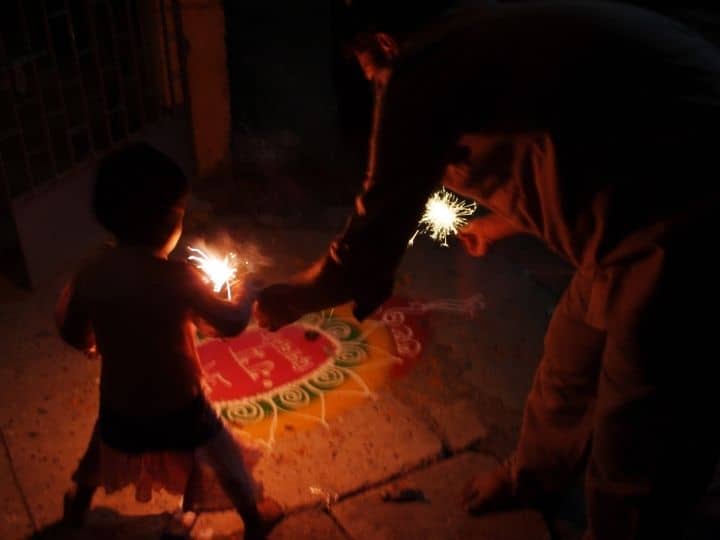
Growing up in India, the Diwali festival was an occasion of great joy and excitement. The preparations for the festival began weeks prematurely, with every aspect of the household receiving special attention. The kitchens, particularly, were meticulously deep-cleaned, ensuring that each nook and cranny was spotless and prepared for the festivities. Some even painted their partitions with a fresh coat of paint!
Latest clothes and kitchen utensils found their way into our homes, bringing a way of novelty and festivity. Because the days drew closer to Diwali, our homes could be adorned with a panoramic array of decorations, including thorans, fresh flowers, intricate rangolis, oil diyas, twinkling string lights, and colourful lanterns, creating a fascinating ambiance that was nothing in need of magical.
Yet, probably the most heartwarming a part of this time was the collective effort that went into preparing homemade sweets and savories just days before Diwali. It was a labor of affection, with relations coming together to create these delicious treats, each recipe passed down through generations.
The celebrations are spread over five days, with every day having its own significance.
Day 1 – Dhanteras
The festivities kick off with Dhanteras, a day that beckons prosperity. “Dhan” signifies wealth, and “teras” marks the thirteenth day of Kartik.
Dhanteras is related to a couple of fascinating Hindu mythological anecdotes –
- Lord Dhanvantri: On this present day, Lord Dhanvantri, the deity of Ayurveda and Medicine, emerged out of the ocean carrying the sacred book on Ayurvedic wisdom in a single hand and a pot of Amrit (the divine nectar of immortality) in the opposite. On Dhanteras, devotees seek his blessings for health and well-being.
- Goddess Lakshmi: Dhanteras also honors Goddess Lakshmi, symbolizing wealth and prosperity. To welcome Goddess Lakshmi, devotees clean homes, light diyas, and adorn entrances with colourful rangolis and ornamental torans.
- Lord Yamaraj: An intriguing tale revolves around King Hima’s son, fated to die from a snakebite on the 4th day of marriage. His wife’s vigilance, storytelling, and lit diyas thwarted Yamaraj, sparing the young man’s life. As a gesture of gratitude and to hope for the long lives of their family, people offer earthen diyas to Lord Yamaraj, and this present day can be often known as Yamadeepdaan.
A notable tradition of Dhanteras is the acquisition of metal items, because it is widely believed that acquiring precious metals brings success. Depending on their budget, people often go for gold jewelry, silver ornaments, or metal utensils.
Moreover, individuals in various professions show reverence by worshiping their primary source of income. Shopkeepers venerate their places of labor, while farmers adorn and worship their cattle.
Reference: History and significance of Dhanteras
Day 2 – Choti Diwali
Choti Diwali, also often known as Narak Chaturdasi or Kali Chaudas, holds a profound significance. “Naraka” refers to hell, and “Chaturdasi” denotes the 14th day.
It’s believed that on this present day, Narakasura, a dreaded demon who terrorized humanity, met his end. Some attribute his defeat to Lord Krishna, while others credit Goddess Kali.
At the present time is well known by thorough house cleansing and decluttering, followed by decorating the home with flowers and rangolis. Moreover, people offer prayers for the souls of their departed ancestors by lighting oil lamps.
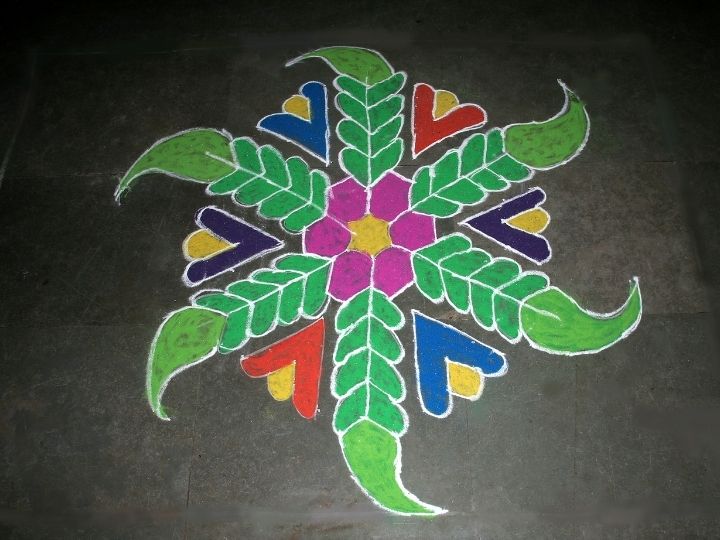
Day 3 – Lakshmi pooja / Diwali day
The third day, marked by the no-moon night or Amavasaya, takes center stage as an important day within the five-day celebration.
It begins with people rising early, applying oil before showering, donning recent clothes, and offering prayers at home or in a temple.
It’s a day dedicated to the worship of Goddess Lakshmi, who’s believed to bestow wealth and prosperity. As an element of the tradition, doors and windows are kept open to welcome the goddess into homes. Members of the family gather to enjoy delicious meals and sweets and play card games.
Diwali banquet menu and concepts
Planning to throw a celebration for Diwali? Get recipes, sample menus, ideas for a potluck, and a great deal of suggestions/tricks to make your next party an enormous success! Take a look at this post on Indian banquet menu ideas.
Day 4 – Annakoot or padeeva
Day 4 brings its unique flavor, with different communities celebrating it in diverse ways. Some dedicate this present day to celebrating the bond between spouses, while others see it as a day of rest, symbolized by the preparation of khichadi, a comforting dish of rice and lentils. In certain regions, kite flying takes the highlight.
Those that follow the Vaishnav traditions rejoice it because the day Krishna picked up the mountain Govardhan to avoid wasting the residents of Mathura from Indra’s wrath, the God of thunder and rain. They express their gratitude by preparing fifty-six different dishes and offering them to Krishna as thanks for saving mankind.
That’s why the fourth day is often known as annakoot, meaning “mountain of food,” metaphorically representing Govardhan mountain.
Day 5 – Bhai Duj
The festival concludes with a celebration of sibling love, often known as Bhai Duj, Yama Dwitiya, or Bhai Tika.
It’s believed that on this present day, Yama (Lord of Death) visited his sister Yamuna and granted her a boon. In tribute to this cherished tradition, brothers visit their married sisters’ homes, bearing gifts and sweet treats, while sisters offer heartfelt prayers for his or her brothers’ health and longevity.
In a nutshell, Diwali is a celebration of sunshine, love, and togetherness. It’s a time when families and friends come together to create cherished memories and share the heat of homemade delights.
Scroll down as we explore some wonderful Diwali recipes, perfect for adding a touch of homemade like to your celebrations!
Easy Diwali sweet and snack recipes
Here’s the order I follow when preparing the recipes: I begin with the savory dishes, then move on to creating laddoos, and eventually, I prepare the milk-based sweets, as they have a tendency to have a shorter shelf-life.
Shakarpara (shankarpali)
Discover the irresistible charm of Shankarpali, a Diwali favorite that you could prepare in only half an hour. Picture golden, crunchy bites with a touch of sweetness, perfect for snacking.
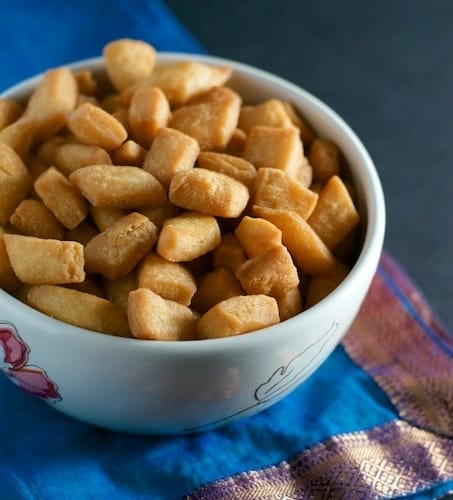
Shakarpara or Shankarpali is a particularly addictive snack that usually finds its way in our Diwali sweet platter. Learn methods to prepare Shankarpali in half-hour!
Poha chivda
Say goodbye to store-bought chivdas and embrace the homemade goodness of Poha Chivda this Diwali! In only 10 minutes, you possibly can whip up this crunchy and flavorful snack that’s perfect for the festival and doubles as a improbable after-school treat. Watch as easy ingredients transform right into a mouthwatering snack, leaving everyone craving more. It’s a Diwali and on a regular basis winner!
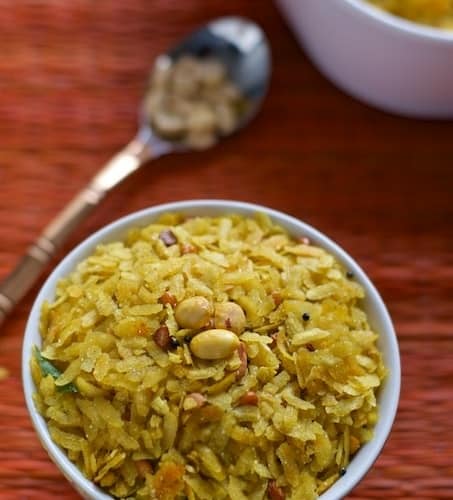
Say no to store-bought chivdas! Make this Poha chivda this Diwali and all you wish is 10 minutes. Makes for an important after school snack as well!
Kaju Katli
These diamond-shaped delights are a murals. They give the impression of being exquisite and taste just as delicious because the ones you discover in stores. Elevate your Diwali celebrations with these delectable sweets.
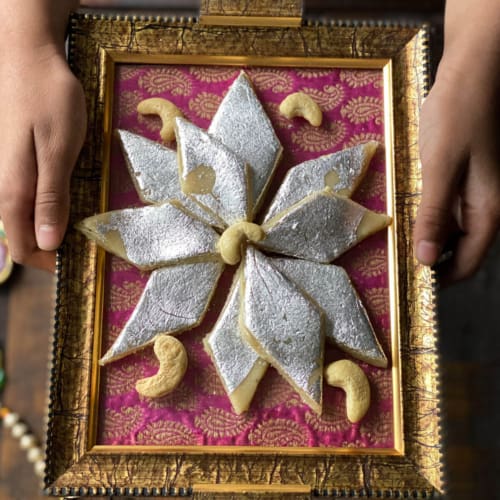
Kaju Katli – This delicious Diwali dessert is a hot favorite with people of ages. Learn methods to make this sweet dish in lower than 10 minutes.
Rava laddu
Rava ladoo or Sooji ladoo is a well-liked Indian sweet made with semolina, sugar, and ghee. This recipe will teach you methods to make perfectly crumbly laddoos very quickly!
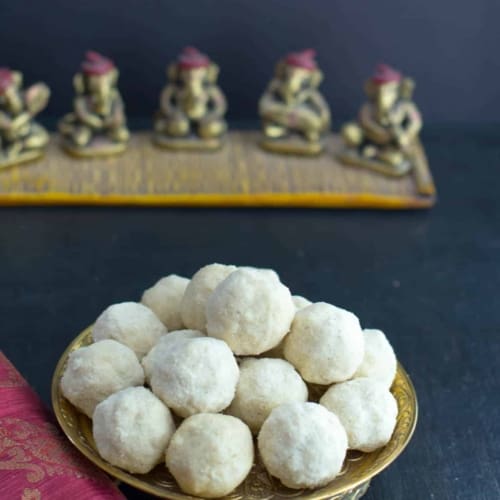
Follow this video recipe to make crumbly, melt within the mouth Rava ladoo. (And the perfect part – you do not have to shape these into balls when it’s piping hot!)
Godi laddoo (wheat laddoo)
In only half-hour, make delectable whole wheat ladoos which are delicious and nutritious, perfect for those in search of a healthier sweet option.
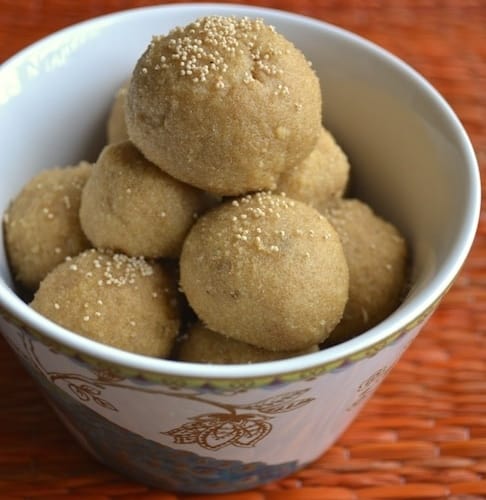
This fragrant and delicious laddoo is an ideal after-school snack for youths! Learn methods to make this sweet treat in lower than half-hour.
Besan laddoo
Constructed from basic pantry staples, these besan ladoos are a fast, sweet indulgence that your whole family will love.
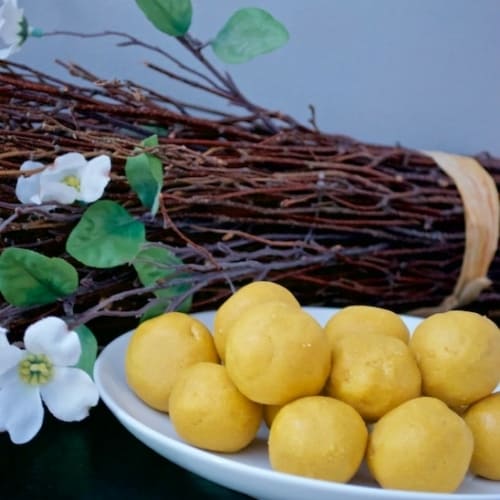
Besan laddoo – created from chickpeas flour is a delicious treat that you simply pull together in under half-hour.
Kalakand
Experience the magic of traditional kalakand in a fraction of the time. With ricotta cheese and a microwave, you’ll have a pleasant sweet treat in lower than half-hour.
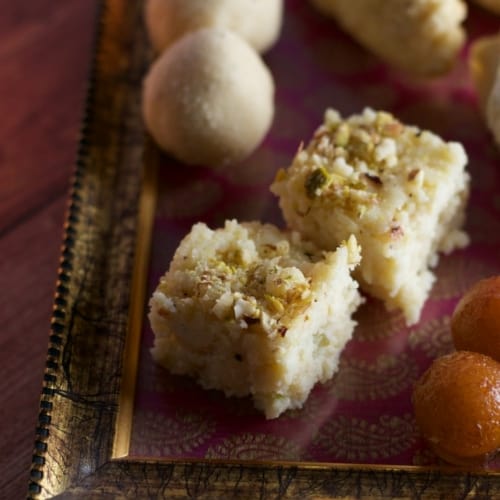
This delicious Kalakand recipe is everyone’s favorite sweet to feast on during Diwali. It is ideal for potlucks or for a big crowd because it comes together in under half-hour.
Mango kalakand
Mango lovers, rejoice! This microwave recipe captures the essence of mangoes in a kalakand that’s able to savor inside half-hour.
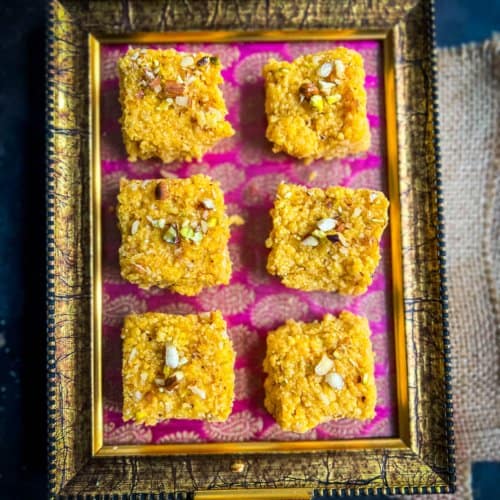
Mango kalakand is a delicious spin to the favored Indian dessert – kalakand. This crumbly melt-in-the-mouth sweet is ideal for potlucks and dinner parties since half-hour is all it takes!
Milk peda
In a time crunch? This microwave milk peda recipe is your savior! In only 5 minutes, watch as easy ingredients transform into sweet, creamy, mouthfuls of joy.
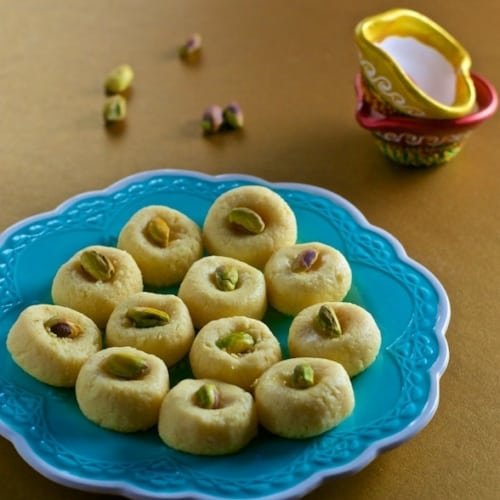
Learn methods to make this delicious milk peda in a microwave in about 5 minutes!
Gulab Jamun
Gulab Jamun, a beloved Indian dessert, holds a special place within the hearts of many. These delectable, round sweets are crafted by deep-frying milk-solid balls to golden perfection. Once fried, they’re soaked right into a flavored sugar syrup. This syrup imparts Gulab Jamun with its distinctive sweetness and a melt-in-the-mouth texture that’s absolutely irresistible. Try it today!
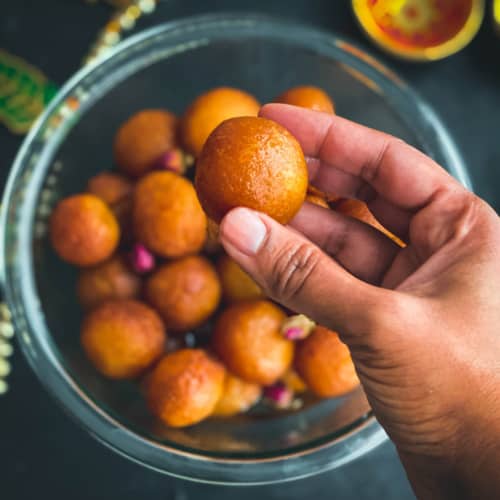
India’s most beloved dessert and a favourite at Indian buffets! Here’s a straightforward and fail-proof recipe to make these melt-in-the-mouth Gulab Jamun at home.
Mysore Pak
Unlock the secrets of crafting soft, melt-in-your-mouth Mysore Pak, a South Indian delicacy. The result’s a tasty treat that’s hard to withstand.
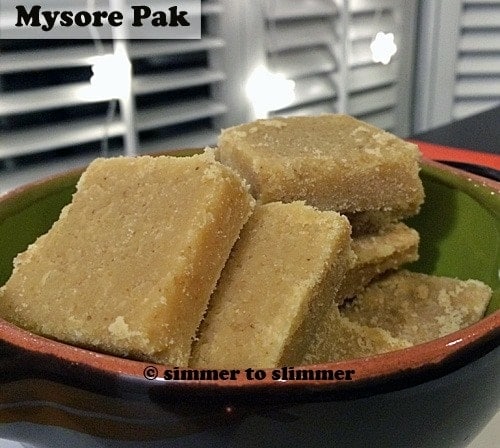
This softer, melt in your mouth version of Mysore Pak is super easy to make. It needs only 3 ingredients and tastes delicious!
Chocolate barfi
For chocolate enthusiasts, this recipe is a dream come true. With only a handful of ingredients and 10 minutes of effort, you possibly can have a homemade chocolate barfi ready very quickly.
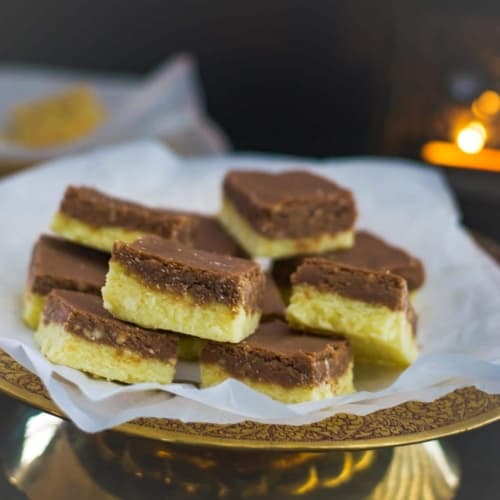
This 2 layered Chocolate Barfi recipe is certain to steal your heart. Follow this fail-proof and straightforward recipe to make this Chocolate Barfi in a microwave.
Coconut barfi
Craving something sweet and satisfying? Try coconut barfi – a fast dessert fix that mixes simplicity with deliciousness.
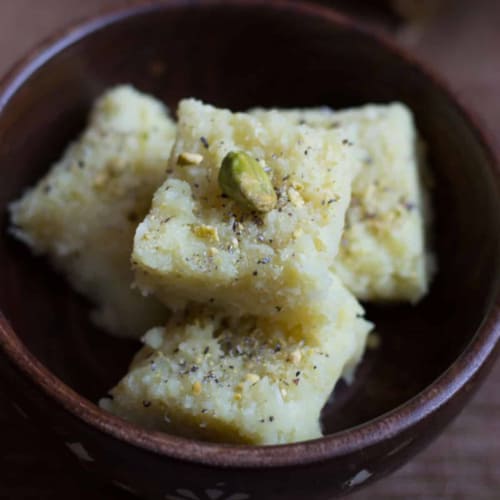
Craving something sweet? Do this 15-minute recipe Coconut Barfi – an ideal recipe for if you want something sweet and satisfying without spending hours within the kitchen.
Rice kheer
Experience the creamy and flavorful magic of Indian rice pudding with an Quick Pot. Say goodbye to long hours within the kitchen and hello to a fast and satisfying dessert.
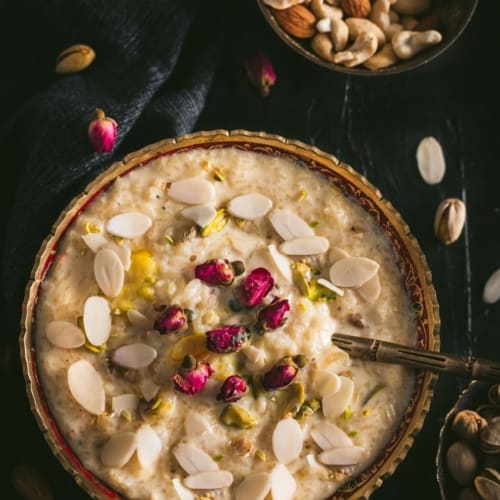
Rice Kheer is a sweet and creamy Indian Rice Pudding. This dish is commonly served hot or cold and makes a delicious side dish or dessert.
Jalebi
Jalebi, a classic Indian treat, shouldn’t be only a dessert; it’s an experience. Fry it to golden perfection, soak it in fragrant sugar syrup, and luxuriate in it as a pleasant breakfast or a decadent dessert.
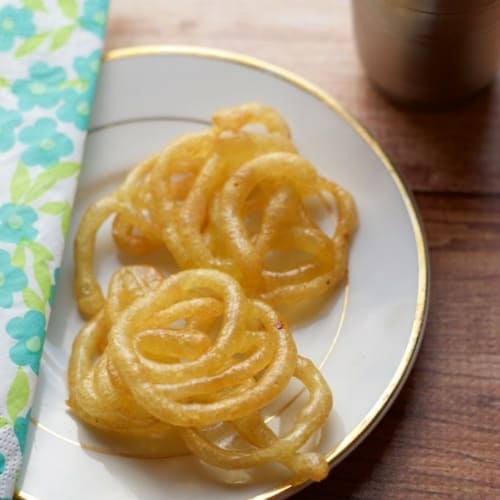
This Jalebi recipe will persuade you ways easy it’s to make this delicious Indian sweet at home.
Moong dal halwa
Dive into the addictive world of North Indian desserts with this almost hands-off Quick Pot recipe. It’s a warm, comforting treat that’s perfect for winter evenings.
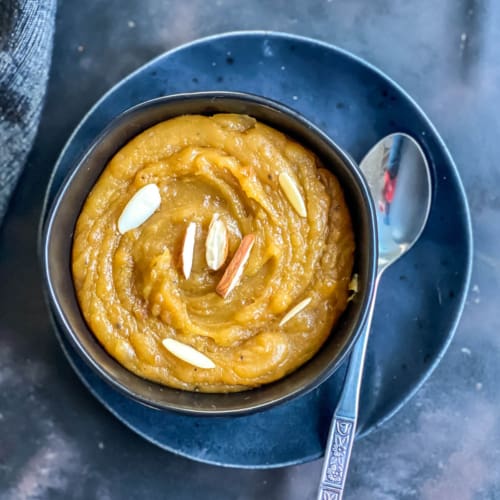
Popular in North India, moong dal halwa is a delicious strategy to use lentils and ghee, typically on special occasions like weddings or Diwali. This homemade version is paying homage to what you’d find in India, but made quick and straightforward within the Quick Pot!
Quick Shahi Rabri
Skip the laborious stovetop method and embrace quick gratification. In a mere quarter-hour, savor the richness of Shahi Rabri or Rabdi, a dessert fit for royalty.
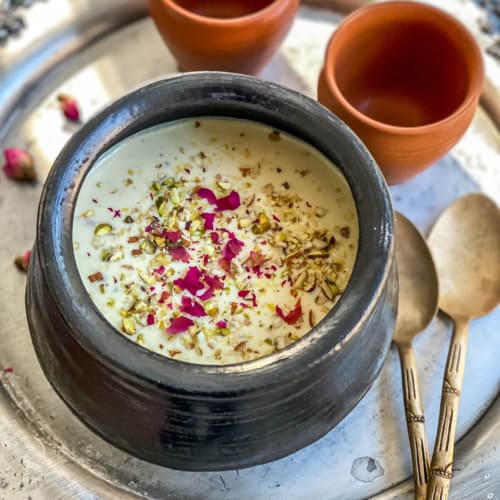
This quick shahi rabdi (rabri) is a fast and straightforward spin on the classic Indian dessert that takes hours to make! Take a look at this 15-minute recipe that you will have the desire to make over and yet again.
Carrot Halwa
Discover a hands-off approach to creating the beloved carrot pudding (gajar halwa) with an Quick Pot. The result’s a decadent, fragrant dessert that’s hard to withstand.
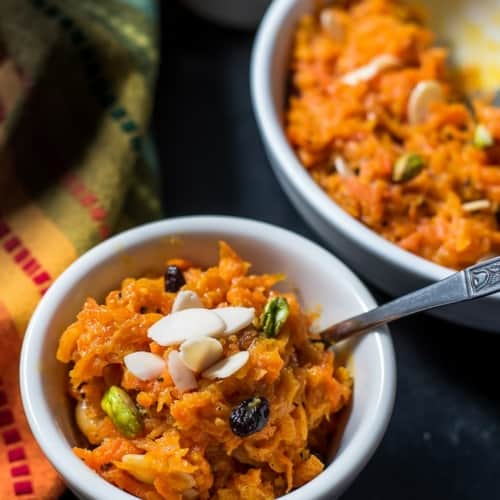
Make this mouth-watering Gajar Halwa or Carrot Halwa in around half-hour. No more toiling within the kitchen for hours!
In search of more recipes for sweets?
Take a look at this extensive collection of 45+ Indian sweets and desserts!
This recipe was originally published on Nov 11, 2020 and the text was updated on Oct 25, 2023.



